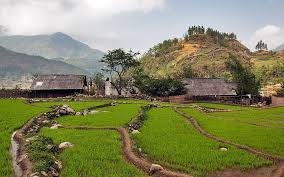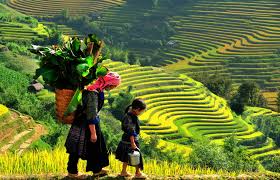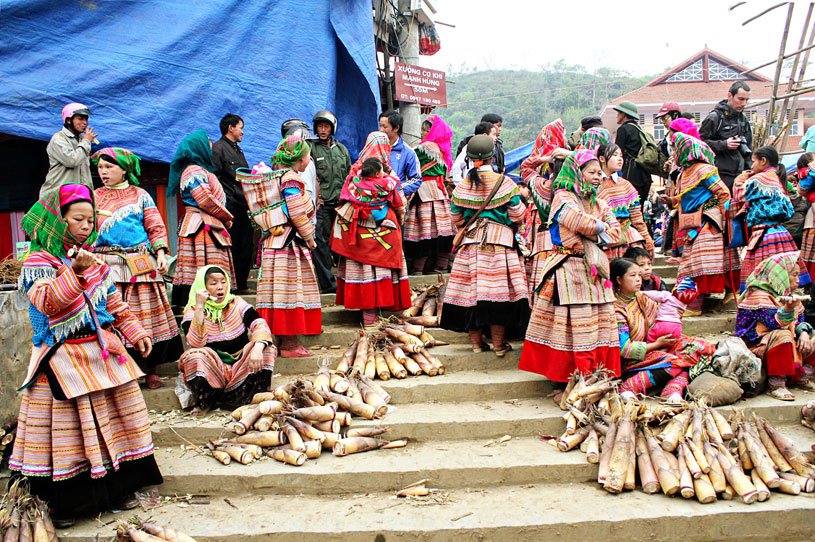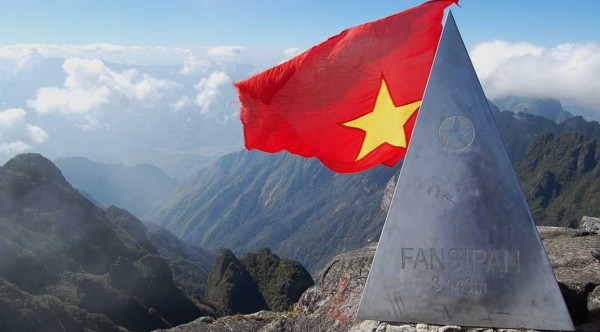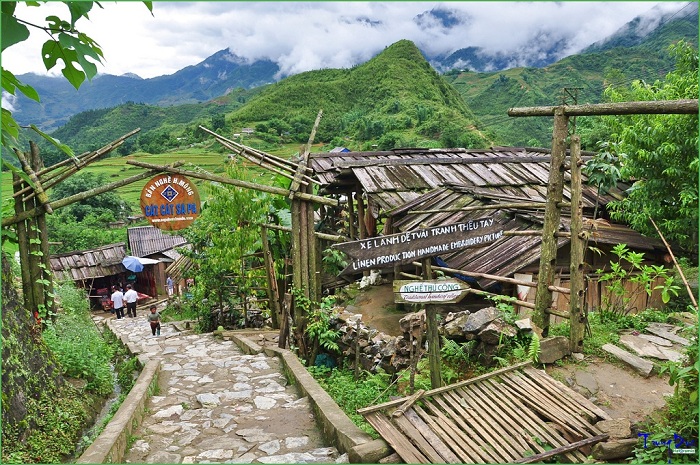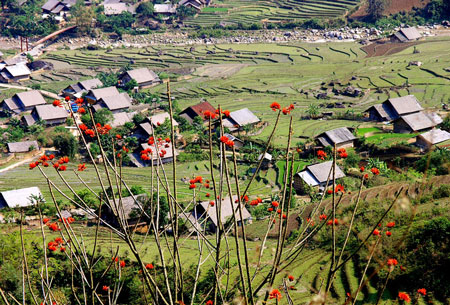Though Sapa has long been familiar with tourists, Ta Phin Village is still a new name to almost everybody. Located about 17km in the west of Sapa, Ta Phin is a village of Red Dao’s people possessing a rich culture that has not been damaged by the modern life.
Though Sapa has long been familiar with tourists, Ta Phin Village is still a new name to almost everybody. Located about 17km in the west of Sapa, Ta Phin is a village of Red Dao’s people possessing a rich culture that has not been damaged by the modern life.
Overview
Ta Phin is the nearest village of Red Dao’s ethnic group within the area of Sapa district. From Sapa, it will take about 30 minutes to reach here by motorbike. The mountainous road can make it difficult for cars to move, so the best solution is to hire a “xe om”, or motorbike taxi, and the experienced driver will take you to right place at a very reasonable price with many useful advices and tips.
What to see?
Coming to Ta Phin, you will immediately catch sight of groups of Red Dao’s women gathering together, keeping inside their hands colorful reels of thread and cloths. They sew continuously, even when offering the goods to the customers. Amazingly, most of them can speak quite well, some use Vietnamese less than English. Since 1998, Ta Phin has officially become the “brocade village”, where tourists can find the distinctively hand-made brocades made by ethnic people. All of the products are eye-catching with numerous bright colors and patterns, ranging from bag, scarf, purse, to skirt, and even backpack and coat. Ta Phin is also the main supply of brocades for shops in Hanoi and Ho Chi Minh City, and the products are exported to foreign countries as well.
Through times, Ta Phin Village, however, still can remain its special traditions. If you are lucky enough, you can have a chance to participate in a Red Dao’s wedding, seeing how carefully they prepare and many complicated customs for this occasion. There are also several local festivals such as “dancing festival”, “greeting for the new house”, “oath-taking ceremony” that will help you understand more about the simple but happy and amiable life of ethnic people.

